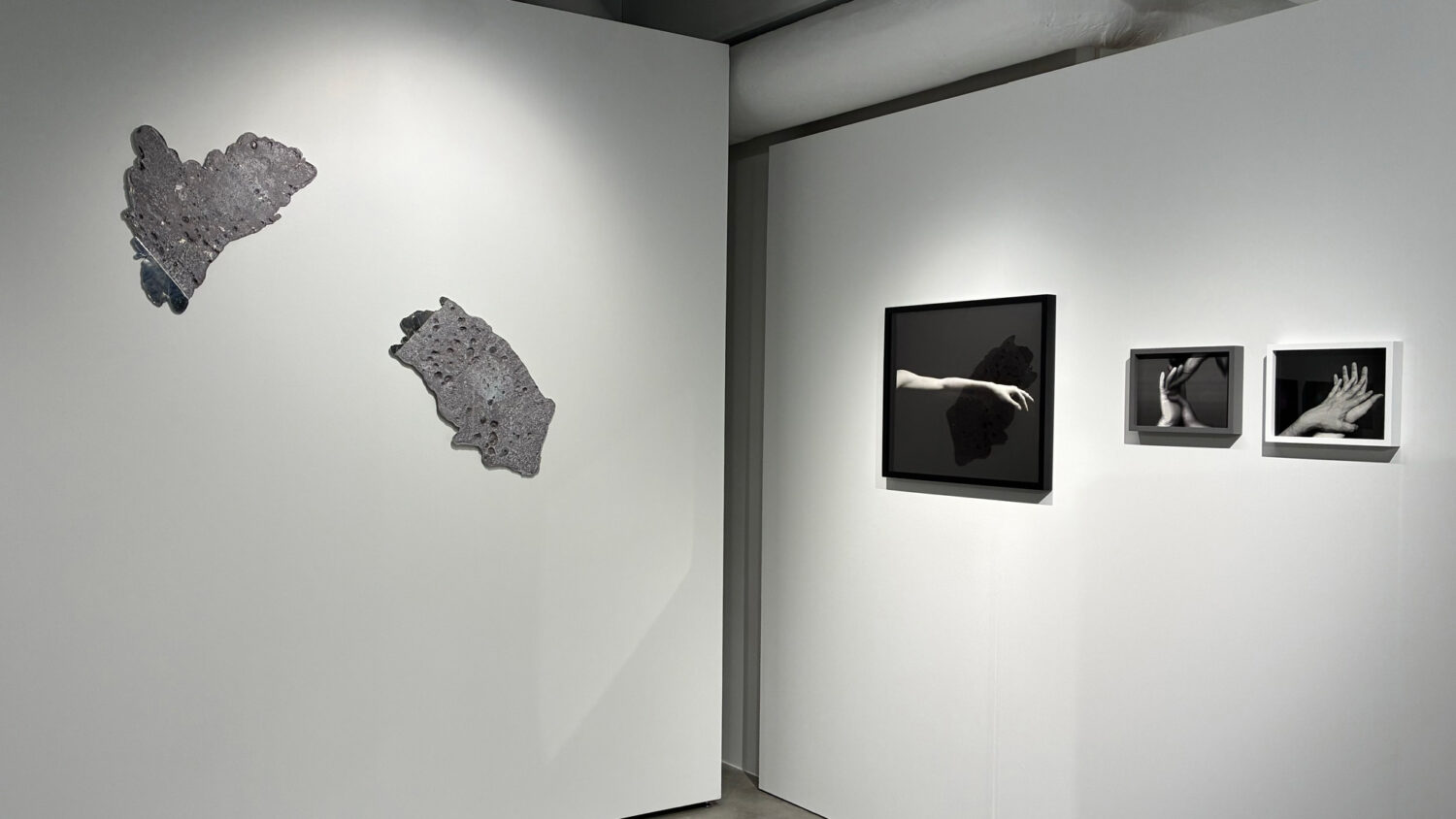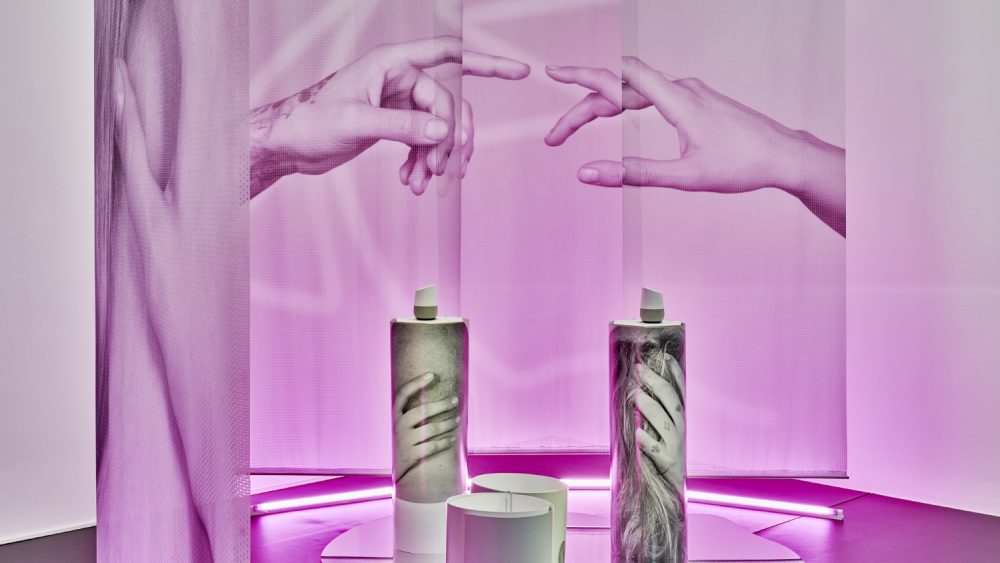Context matters more than ever. 10 minutes with Duncan Wooldridge
Duncan Wooldridge is an artist, writer, and curator who explores and seeks to expand the possibilities of photography as a technical image, focusing on materiality, experimental methods, and photography’s future tense. He is the co-founder of the Global Photographies Network, a platform connecting academic and professional institutions, and object | multiple. Wooldridge also teaches photography at the Manchester School of Art, Manchester Metropolitan University. He is the author of To Be Determined: Photography and the Future (2021, SPBH/MACK), and co-editor, with Lucy Soutter, of The Routledge Companion to Global Photographies (2025, Routledge).
From November 7 to January 25, the Punctum Gallery in Tallinn will host an exhibition curated by Wooldridge, entitled Sensing Matter: From the Infra-thin to the Photographic Object. It is a group exhibition featuring 11 artists, including three Latvian photographers – Reinis Lismanis, Kristīne Krauze-Slucka, and Alnis Stakle. The exhibition presents a selection of works that examine photographic materiality and objecthood, as well as the matter and gestures of the photographic image – many of which are usually hidden from view.
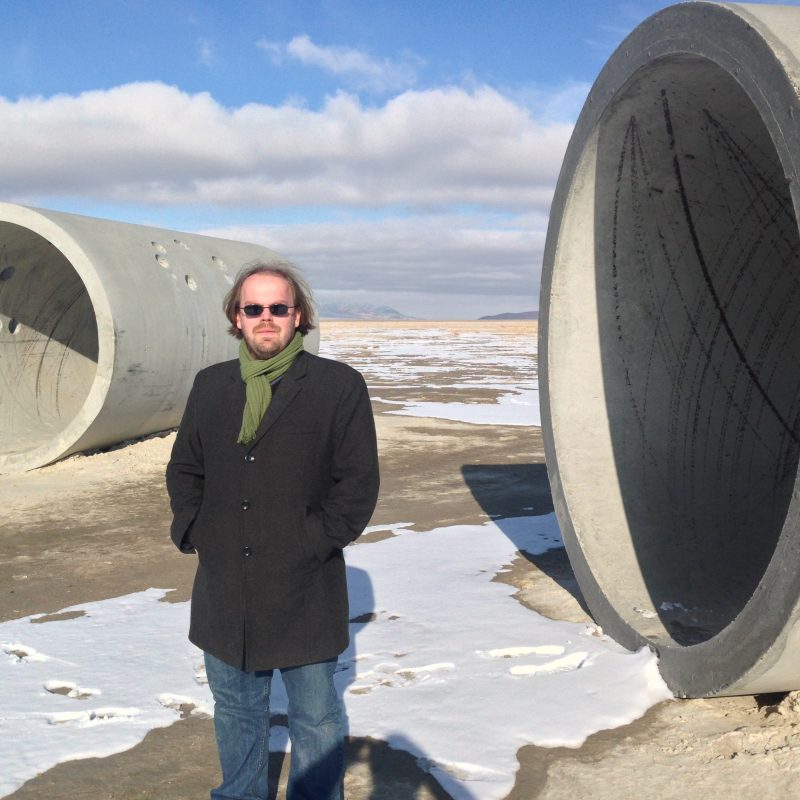
What is the idea behind the upcoming exhibition in Tallinn, and how did the process of creating it unfold?
It began with a conversation with Marina at Punctum about photographic objects and how to think through photography’s materialities, as well as an interest in how artists have recently been using photographic processes to conduct a range of new experiments. The notion of the photographic has been expanding again, and some of the most exciting recent ideas have had to address two key components: first, that the photographic image is more than – or something beyond – representation, and second, that we need to enlarge our critical tools to understand this. We also need to think about the image as a complex apparatus and network of technologies. By this, I mean that while we shouldn’t lose sight of a photograph’s specific functions and possibilities, we must also see it within a much broader mineral, industrial, technological, and cultural frame.
When Punctum invited me to curate an exhibition on this subject, it seemed that the best approach was to examine how our perception of photography as an object comes into view. Photography’s materiality appears subtle at first – in fact, we often spend a long time believing that the image is ethereal or elsewhere – but gradually, the image occupies more and more space (and also more and more time). I find this fascinating, because there is still a strand of photographic and artistic discourse that seems to suggest that images are somehow magical. Yet look at how much images shape our lives. Look at the spaces they occupy and the energy consumed in their production. They’re powerful, significant things. We need to become more sensitive and attuned to what images are made of – and what they can do.
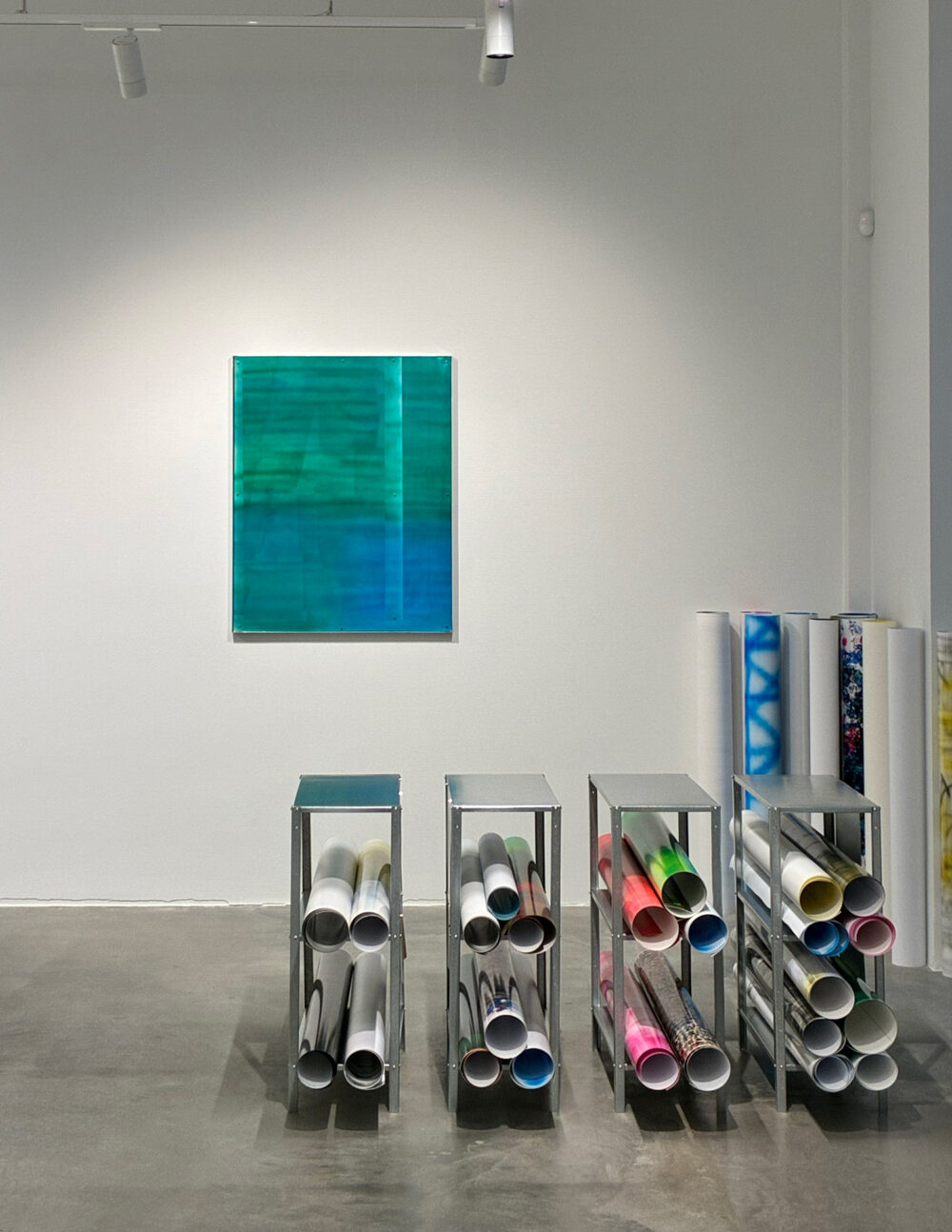
I’ve built the exhibition to map a scale between the ethereal and the material – or sculptural – which I have also thought of as conceptual spaces: apparition and residue. These terms are subtly different from the language usually adopted in photography (for example, instead of residue, most photography historians or theoreticians would use trace). Apparition maps the subtle emergences of photographic possibility, while residue goes on to ask what we do with our images, and what their consequences or capacities are. The first part of the exhibition is subtle – the opening work is, in fact, the scent of an early photographic developer, recreated by the artist Hanako Murakami. Works by Juuso Noronkoski, Laure Winants, Agata Madejska, and Ryudai Takano all share an interest in subtle shifts of perception, position, condition, or gesture.
The second part of the exhibition considers images that multiply, merge, appear, and change, and that begin to occupy more space. The emphasis here is on the granular: dust, shifts in topography, ink, and the differences between images and other images, as well as between images and other things. Take, for example, the young Mexican artist Xanath Ramo, who has been studying paper engineering and creating pop-up photographs of objects placed in the streets of Mexico City, introducing frictions into the routes and rhythms of everyday movement. Eva Stenram has been exploring the thresholds of the material and the liminal; Suzanne Mooney is studying the histories of glass; Kristīne Krauze-Slucka, the archive and the map; Reinis Lismanis, the powder of inks and the gap between the hand and the machine; and Alnis Stakle, the questions of reproducibility and layering.
It wasn’t part of my initial thinking, but underlying the exhibition an interest emerged in the photographic material as something infra-thin. The infra-thin is a Duchampian term used to suggest a layer of subtle information that becomes tangible when we are sufficiently attuned to notice it. Duchamp’s examples include the differences between cast objects produced from the same mould, or the warmth of a seat just vacated (you might also think of the detective who touches the coffee pot and finds it still warm – a sign that the person they are pursuing is still nearby). Each is a signal – and photography’s materiality, I think, is a signal in the same way. What was wonderfully surprising was how quickly it became apparent that many of the works in the exhibition contain Duchampian motifs: gas and vapours, shadows, dust, collections of indices, units of measure becoming twisted or torqued, and mechanical labours and bodies rendered ambiguous. This has introduced an additional layer to the exhibition.
What contribution are Latvian artists making to the exhibition?
There are three Latvian artists in the exhibition. When considering who to include, we made a point of researching relevant work across the Baltic States and Scandinavia, in order to bring together a community of practices that would converge in Tallinn and enter into dialogue with works by emerging international artists. As a curator coming from outside, I see my purpose as twofold: to share a range of practices from elsewhere, but also to respond to and learn from the contexts in which I am working. With the Latvian artists in the exhibition, there is a mix of familiarity and new conversations. I’ve known Reinis Lismanis for several years, and Kristīne Krauze-Slucka and I have many mutual connections, though we have never been in the same place at the same time. I became familiar with Alnis Stakle’s work just as I was beginning to think about the exhibition, which was a wonderful coincidence.
Lismanis created an exhibition in London that left a lasting impression on me: he moved his studio into the gallery and arranged it like a working space, making his artistic production – the quantity, the storage, the variations – visible in a distinctive way, both as a display and as an ongoing process. His work has always been about process, but this exhibition revealed layers of that process that would otherwise have remained hidden. We spoke about how this might shift our understanding of art’s economies, and how his work should be seen or even collected. I strongly believe that, in Reinis’s practice, the threads connecting his images are the work. In this exhibition, he is revisiting and reframing some of the gestures from that earlier show, setting up a volume of prints and storing works in public view.
Kristīne Krauze-Slucka’s work has a material and sensorial quality that will play a very significant role in the exhibition. Working with archival materials is not simply a matter of their facts, histories, or even their ageing; they enter into a recursive relationship with the world, as the archive not only maps reality but also goes on to shape our sense of the possible. Her approach – working with fragments, redrawing maps, and creating tangible spaces – marks a moment where the photographic image acquires a volume that can be overtly seen and felt. The work also speaks to distance and proximity collapsing in a decisive way. It interests me that she created some of this work while on a residency in South Korea, responding to contested borders there while simultaneously engaging with the history of the Baltic States from a new distance. The question with our images is not only how they bring representations of distant spaces and events closer to us, but also what happens when they do this – and how we might be activated by both historical and contemporary forms of knowledge.
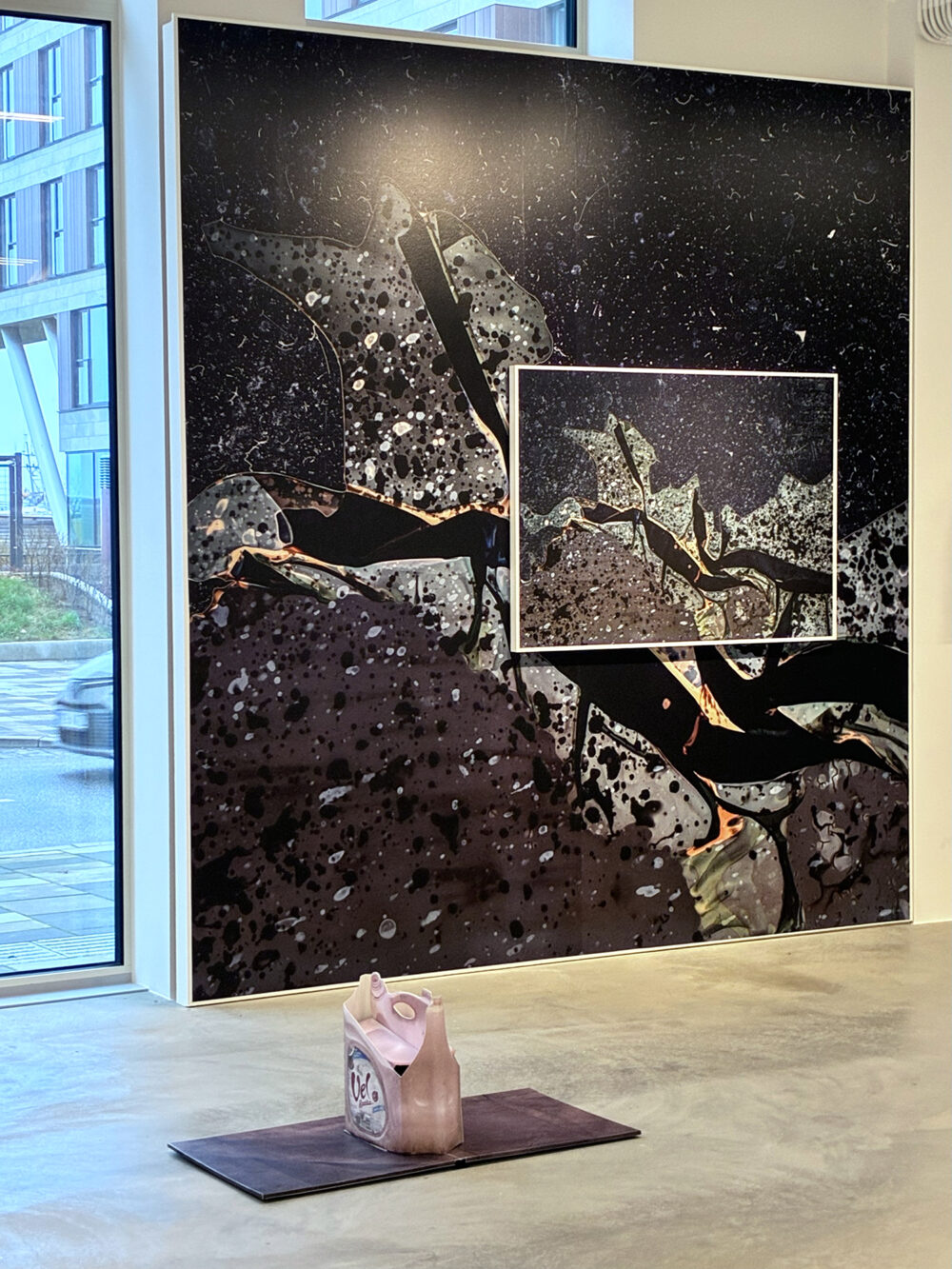
Alnis Stakle’s work performs a kind of final statement – or ellipsis – within the exhibition. We are showing some of his new series, Mountains and Valleys of Uncanny Beauty, in which the photographic negative is separated into its component parts and placed into physical space as a series of layers, drawing out a conceptual expansion of the image that addresses its reproducibility. Stakle has been experimenting with multiple copies of the same image within the exhibition space: one printed on vinyl covering the wall, and another framed and mounted atop it. Here, the visual and the conceptual enter into a meaningful tension. What appears almost flat or condensed, in fact, describes a spatial expansion that – by the end of the show – hopefully returns us to thinking about images in everyday life.
What role does photography play in your creative work?
Photography – and especially mechanical reproducibility – sits at the centre of my thinking. This might be interpreted as an obsession with photography, but it isn’t that at all. In my own artwork, I’ve often worked with materials that have no direct relationship to photography, except that they share a concern with repetition or reproduction. What matters most to me is that images play such a central role in how our world is mediated and understood – shaping and determining what is possible through subtle continuations and disruptions.
Photography often reproduces the world as it already is; by this, I mean that it doesn’t merely depict what is happening, but plays an active role in sustaining and reinforcing our sense of what constitutes reality. That process demands interrogation from multiple angles. I think of much of my work – my writing, exhibition-making, and teaching – as an attempt to stretch what photography can do and how it can be thought. That’s why I’ve written about photography’s future tense as well as its past tense; why I’ve explored the idea that thinking about photography as an experiment might be more productive than thinking about it as a representation; and why I’ve been drawn to photographic materiality – it’s a space within the image that we routinely overlook or move past.
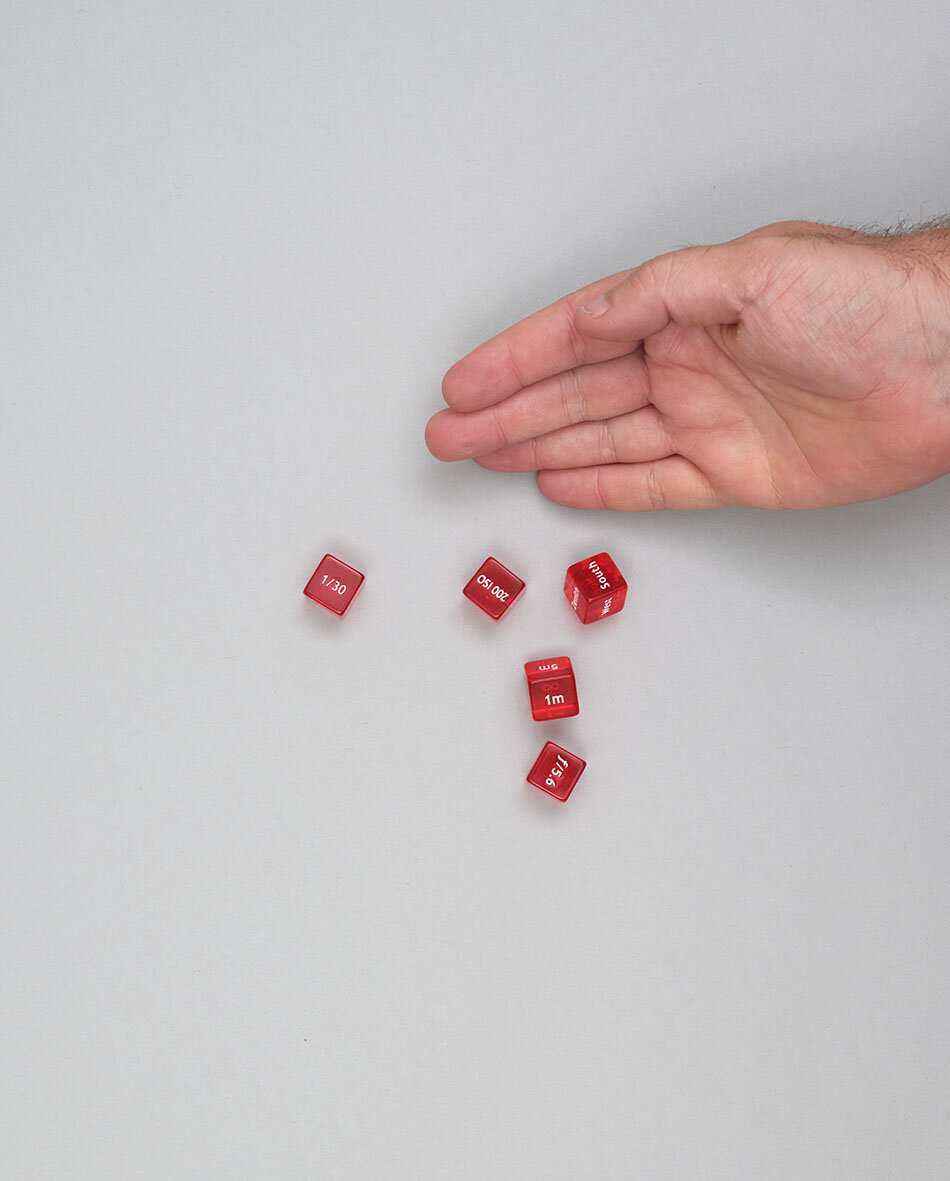
What would be your advice to any new curator?
Artists want to exhibit, and artworks are resilient things. You can be daring and speculative. As long as you put in the work to become informed and take the time to care – showing that you care makes a great deal of difference – it’s possible to achieve big, ambitious things. Then you just need to lean into your obsessions. Developing specialist knowledge and cultivating a distinctive way of seeing comes from going deep. Following your genuine interests might take longer to pay off than playing to popular themes, but it’s far more rewarding. The artists and curators I really admire all tend to be a bit obsessive, and I think that’s been a clue for me in understanding what differentiates a great project from one that merely knows what works strategically but does so for other motives. There’s a lot of pressure today to have something to say about everything, but that’s part of the same problem – being spread too thin to make a real difference.
I have one last thought, which isn’t advice for curators specifically, but relates to leaning into your obsessions, whatever field you’re in: remember that other people are not inside your head. Following your own interests and obsessions doesn’t mean that everyone will find the same material compelling or hold the same opinions. We actually share fewer common experiences now because our feeds, news, and advertising are increasingly customised to place us in bubbles. Remembering to explain and provide context matters more than ever.

What is your biggest recent discovery in art and/or photography?
I’ve been devouring literature recently, so my biggest discoveries are actually things I’ve been reading – especially novels. Solvej Balle’s On the Calculation of Volume series and Samantha Harvey’s Orbital have both stayed with me. They each explore repetition and loops: the first through a single day that repeats and gradually reveals its real consequences; the second through 14 orbits of the Earth from the International Space Station over one day – a subtle shift in position and perspective.
I’m also excited by the idea of situating photography outside, so I’m trying to attend as many festivals as I can. I’d love to make it to PhotoKathmandu, Chobi Mela, FIFV Valparaíso, and GetxoPhoto. Most recently, I’ve been to Images Vevey, Gibellina PhotoRoad, and T3 in Tokyo – but it still feels like I’m only scratching the surface.
What are your future creative plans?
For now, I have three things on the horizon. I’m organising a photography conference on Darkness and Photography in Manchester in March 2026 (details will be announced soon). The ideas behind the Tallinn exhibition also connect directly to an essay I’m writing for the Guangzhou Image Triennial this December. After that, I plan to focus on more books and exhibitions.
